No products in the cart.
Yellow Band Cichlid
$25.00
The Yellow Band Cichlid showcases a bold yellow stripe that cuts across a body often shaded in deep blue, gray, or even black, depending on regional variants and lighting. This horizontal band makes it easily identifiable in the aquarium, especially among similarly-sized mbuna species.
Where to Buy Yellow Band Cichlid
The Yellow Band Cichlid is a striking freshwater fish known for its vibrant yellow mid-body stripe that stands out against darker scales. Native to Lake Malawi, this species belongs to the mbuna group — rock-dwelling cichlids celebrated for their bold behavior and vibrant hues. The Yellow Band Cichlid is a fantastic addition to African cichlid setups, offering both color and character in equal measure.
You can find healthy, captive-bred Yellow Band Cichlids now at Pacific Fish Depot, shipped with care to ensure safe arrival and smooth acclimation.
Appearance and Behavior
The Yellow Band Cichlid showcases a bold yellow stripe that cuts across a body often shaded in deep blue, gray, or even black, depending on regional variants and lighting. This horizontal band makes it easily identifiable in the aquarium, especially among similarly-sized mbuna species.
Males tend to be more vibrant and larger, particularly during breeding displays, while females retain a slightly duller appearance but remain attractive in their own right. These fish are energetic, territorial, and highly social — engaging in displays of dominance, courtship dances, and fascinating group interactions.
Ideal Tank Environment
These cichlids are best housed in a Lake Malawi-style biotope, emphasizing rocky terrain, strong water flow, and hard, alkaline water.
Tank Size: Minimum 55 gallons for a group
Temperature: 76–80°F (24–27°C)
pH: 7.8–8.6
Hardness: 10–20 dGH
Substrate: Sand or crushed coral
Décor: Rock caves, crevices, and vertical hiding areas
Provide ample hiding spaces to reduce aggression and help establish natural territories. A strong canister or internal filter is recommended, as these fish are active and create moderate bioloads.
Feeding and Diet
In the wild, Yellow Band Cichlids are aufwuchs feeders, grazing on algae, biofilm, and small organisms clinging to rocks. In captivity, they require a carefully managed herbivorous diet to prevent digestive problems.
Best food choices include:
Spirulina-based pellets or flakes
Veggie-rich cichlid food
Blanched spinach, zucchini, or shelled peas
Occasional algae wafers
Avoid high-protein or meaty foods, as these can cause bloating or liver stress. Feeding smaller portions two to three times per day supports digestion and mirrors natural grazing patterns.
Temperament and Tank Mates
These fish are semi-aggressive, especially males during territory formation or spawning. Keeping a ratio of 1 male to 3–4 females can help diffuse aggression and allow for natural breeding behaviors.
Compatible species include:
Labidochromis caeruleus (Yellow Lab)
Rusty Cichlids
Red Zebra Cichlids
Cynotilapia afra
Iodotropheus sprengerae
Avoid mixing them with delicate tropicals or non-African species. Mbuna cichlids thrive in species-rich but aggression-balanced environments — that means crowding slightly with multiple rock formations to limit direct line-of-sight and encourage complex social dynamics.
For Cichlid Enthusiasts and Aquascapers
The Yellow Band Cichlid is ideal for aquarists looking to create authentic African cichlid tanks with colorful, behaviorally rich fish. These fish are not only visually appealing — they are interactive, intelligent, and will often recognize their caretakers over time.
They also offer an excellent opportunity for breeding projects, as they are maternal mouthbrooders. After spawning, the female holds fertilized eggs in her mouth for up to three weeks before releasing fully formed fry.
For advanced reading on mbuna and Lake Malawi cichlids, Seriously Fish provides extensive, research-based profiles to help aquarists make informed decisions.
Frequently Asked Questions
1. Are Yellow Band Cichlids good for beginners?
They’re best suited for intermediate keepers with some cichlid experience due to their aggression and diet sensitivity.
2. How big do they get?
They typically reach 4–5 inches, with males slightly larger and more colorful than females.
3. Can I breed them in a home tank?
Yes. They are maternal mouthbrooders and will breed naturally if water quality is stable and hiding areas are available.
4. What is their lifespan?
With proper care, they can live between 7 and 10 years.
5. Do they need special lighting?
Standard aquarium lighting is fine, though full-spectrum or blue-enhancing LEDs will make their yellow band pop more vividly.
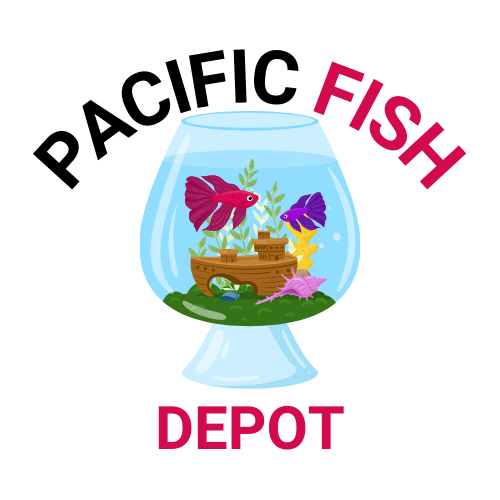




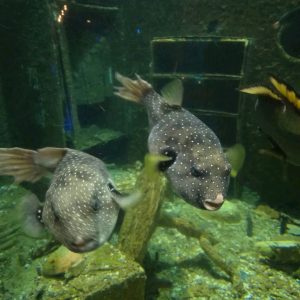





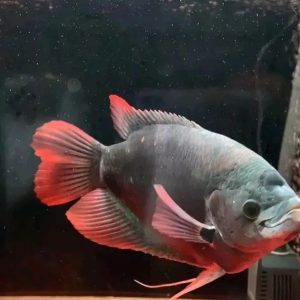

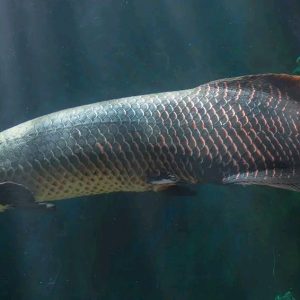
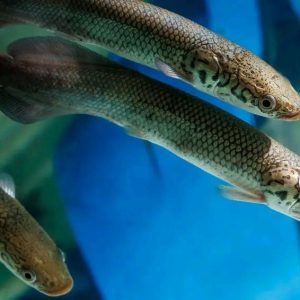
Reviews
There are no reviews yet.